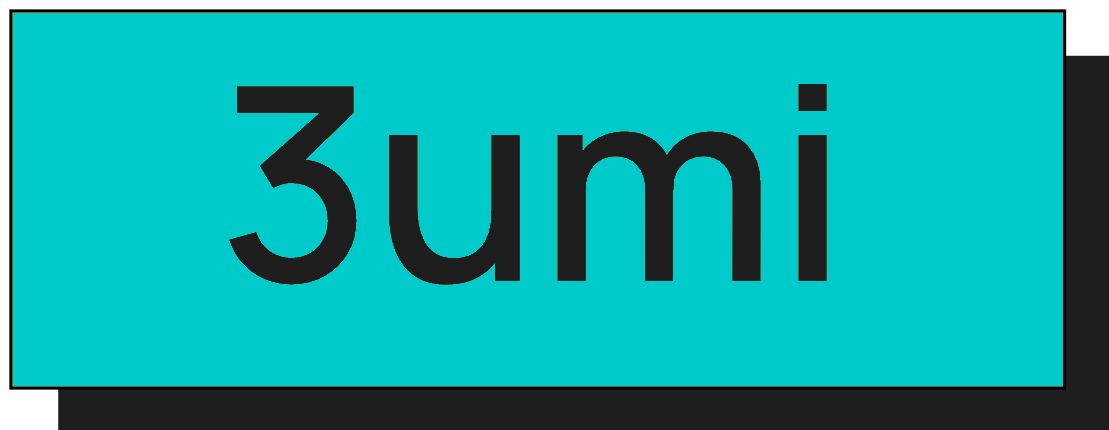Question from a reader:
I have a question about personal rehabilitation. Last month, I asked a judicial scrivener for help with personal rehabilitation. The scrivener was referred to me by a bank representative. Currently, I am in the first month and keeping a household budget, and I have another meeting coming up. However, I have received several reminders for credit payments,
and to be honest, I feel anxious because there hasn’t been much explanation from my representative. I have another meeting coming up, but is it okay to go about my daily life without any particular communication? I don’t fully understand the process, and my anxiety is growing. It would be helpful to hear about the experiences and processes from someone who has actually gone through personal rehabilitation.
Flow and Mindset of Personal Rehabilitation: A Guide to Alleviating Anxiety
When considering personal rehabilitation, various anxieties can arise. Especially when you hear that reminders for credit card payments are coming in, it’s understandable to feel weighed down. I have experienced a similar situation before, so I can fully understand your concerns and worries.
Basic Flow of Personal Rehabilitation
First, let’s talk about the general flow of personal rehabilitation. Personal rehabilitation is a system that allows for a significant reduction of debt by meeting certain conditions. The typical flow is as follows: 1. Consultation and Request: Consult with a judicial scrivener or lawyer and explain your situation in detail. At this point, confirm what procedures are necessary. 2. Review of Household Finances: By keeping a household budget, you can review your income and expenses. The budget you are currently maintaining is a very important step. 3. Preparation of the Petition: The judicial scrivener will prepare a petition based on your situation. This petition will detail the amount of debt, income, living expenses, and more. 4. Submission to the Court: The prepared petition is submitted to the court. After this, the court’s review will begin. 5. Formulation of the Rehabilitation Plan: After receiving approval from the court, a repayment plan will be established. 6. Start of Repayment: Based on the plan, repayments will begin. Typically, the goal is to complete repayment within 3 to 5 years. This is the basic flow. The fact that you are currently keeping a household budget is evidence that you are steadily progressing through this process.
Communication with the Judicial Scrivener
Next, regarding your anxiety about the “lack of explanation from the judicial scrivener,” this is a very important aspect. If communication with the judicial scrivener is lacking, it is natural for anxiety to increase. When I was going through it for the first time, I had no idea how things were progressing, and I was anxious every day. At that time, I contacted my judicial scrivener multiple times. It’s important to ask specific questions like, “What stage are we at now?” and “What should I do next?” Your judicial scrivener may be busy, but as a professional, they have a responsibility to address your concerns. Also, since you have another meeting coming up, it would be good to confirm the following: – Current progress – Future flow and timeline – Any points to be cautious about
Regarding Credit Payment Reminders
Now, regarding the reminders from credit cards, this can be particularly concerning. It’s understandable that receiving reminders can increase your anxiety about whether this path is truly the right one. In fact, I have faced this situation as well. Each time a reminder came, my anxiety and urgency grew, and I found myself wondering, “What will happen if this continues?” However, when I consulted my judicial scrivener, I was informed that receiving reminders is quite common during the personal rehabilitation process. Essentially, it’s important to communicate to the creditor that you are in the process of personal rehabilitation. If you receive a reminder, try to handle it as follows: 1. Explain calmly: By saying, “I am currently in the process of personal rehabilitation,” the other party may understand your situation. 2. Written confirmation: If you receive a reminder in writing, keep it. It will serve as evidence in case any issues arise. 3. Consult your judicial scrivener: It’s crucial to seek the opinion of an expert. If you have any concerns, don’t hesitate to consult them immediately.
Personal Rehabilitation Experience: My Case
Here, I’d like to share a bit about my own experience. A few years ago, I was also considering personal rehabilitation. During a time when my job was unstable and my income decreased, I found it difficult to keep up with payments. Initially, I was filled with anxiety, wondering, “What will happen if this continues?” At that time, I met my judicial scrivener. He was very kind and understood my situation well. I contacted him multiple times to check on the progress and asked about anything I didn’t understand. Even so, there were many moments of anxiety along the way. However, one thing he said stuck with me: “There are solutions to financial problems, so let’s approach this calmly.” With that in mind, I was able to move forward little by little. Thanks to that, my personal rehabilitation was successfully recognized, and my debts were significantly reduced. Repayment has started, and contrary to my initial anxiety, I have been able to proceed in a planned manner.
Conclusion
Personal rehabilitation is indeed a process that comes with anxiety, but through proper preparation and communication, it can be overcome. The anxiety you are feeling now is not something you have to bear alone. Please value your communication with your judicial scrivener and actively ask questions about anything you don’t understand. Moreover, personal rehabilitation is also a new start. Let’s take it step by step without rushing. Your future will change based on your actions now. It’s important to maintain hope, no matter the situation.



